#USS CALIFORNIA
Explore tagged Tumblr posts
Text
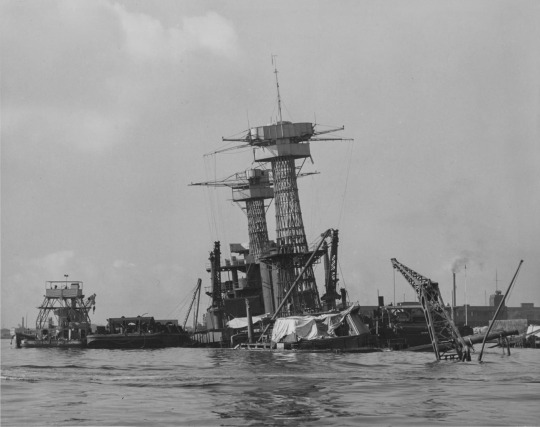
USS California (BB-44) on January 26, 1942. Salvage workers have removed her 14 inch guns to lighten the battleship in preparation to refloat and tow her to the drydock for repairs.
"USS California was struck by two torpedoes and one bomb. Near-miss damage resulted from a second bomb and minor damage was caused by a third. Minor fragmentation damage resulted from bombs at a distance. There was one fire aboard as a result of the bomb hit. About two hours after the start of the attack a surface oil fire completely enveloped the vessel. Finally, a vapor explosion occurred forward just prior to completion of salvage operations. The vessel sank slowly and did not approach the final position in the mud until late Wednesday night or early Thursday morning."
information from her damage report
Digital Archives of Hawai'i: PPFUR-2-15-007
USS California Damage Report: link
#USS CALIFORNIA (BB-44)#USS CALIFORNIA#Tennessee Class#Dreadnought#Battleship#Warship#Ship#United States Navy#U.S. Navy#US Navy#USN#Navy#Pearl Harbor Navy Yard#Pearl Harbor#Hawaii#World War II#World War 2#WWII#WW2#WWII History#History#Military History#January#1942#my post
36 notes
·
View notes
Text

うっぴゅる
135 notes
·
View notes
Text
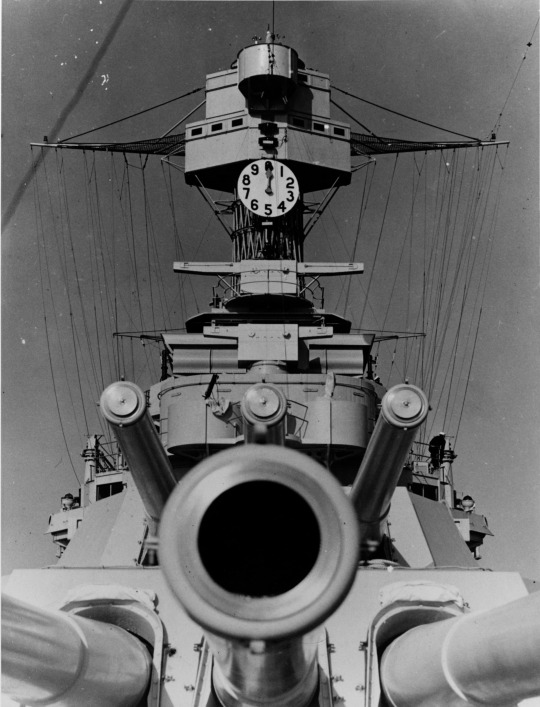
Canons de 356 mm et mât du cuirassé USS California (BB-44) – 1938
©Naval History and Heritage Command - NH 80528
#WWII#avant-guerre#pre-war#marine américaine#us navy#marine de guerre#navy#marine militaire#military navy#cuirassé#battleship#classe tennessee#tennessee-class#uss california (BB-44)#uss california#bb-44#1938
27 notes
·
View notes
Text

Fleet battleships USS Arizona (BB-39), USS Nevada (BB-36), USS Maryland (BB-46), and the USS Texas depart San Francisco Bay, passing under the incomplete Golden Gate Bridge. The spans of the bridge will meet on November 18, 1936.

USS California enters San Francisco Bay on October 11, 1936.
#US Navy#battleships#Golden Gate Bridge#San Francisco#historical photos#USS Arizona#USS Nevada#USS Maryland#USS Texas#USS California
1 note
·
View note
Text
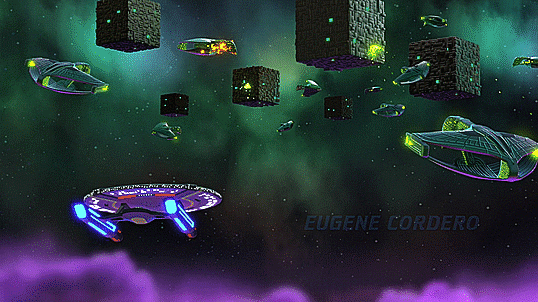


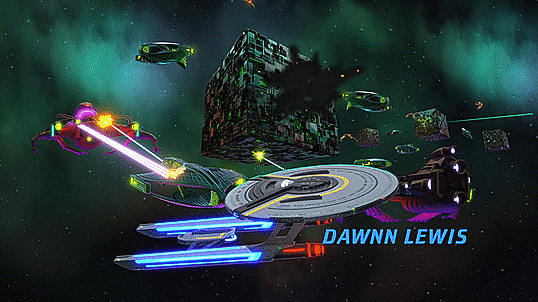

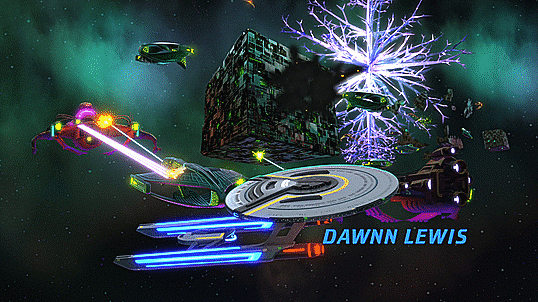
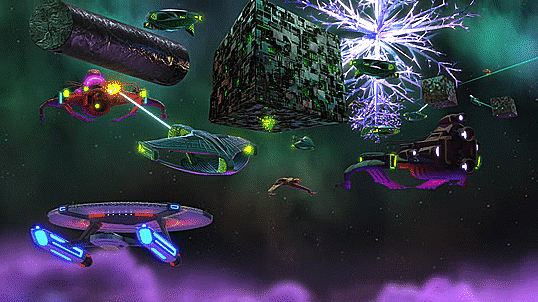



Season 1: Borg Vs Romulans Season 2: Throw some Pakleds and Klingons into the mix Season 3: The Crystalline Entity Season 4: The Whale Probe & Breen Season 5: Giant Apollo Hand! Tholians! The Vejur Cloud!
#Star Trek#Star Trek Lower Decks#Opening Credits#startrekedit#GIF#my gifs#lowedit#lowerdecksedit#startrekedaily#tvedit#scifiedit#USS Cerritos#California Class#Starship#Starfleet#Borg#Romulan Warbird#Borg Cube#Pakled Clumpship#The Crystalline Entity#Breen#V'Ger#Vejur#Tholian#Tholian Web#Apollo Hand#spoilers#flashing gif#Danny and Renae watch Lower Decks
415 notes
·
View notes
Text


#free palestine#israel#news#democrats#republicans#politics#woc#poc#anti zionisim#colonialism#los angeles#uss#california
143 notes
·
View notes
Text

#Star Trek#Star Trek: Lower Decks#Federation#Starfleet#California Class#USS Cerritos#Sci-Fi#Mecha#Spaceship
49 notes
·
View notes
Text

28 notes
·
View notes
Text
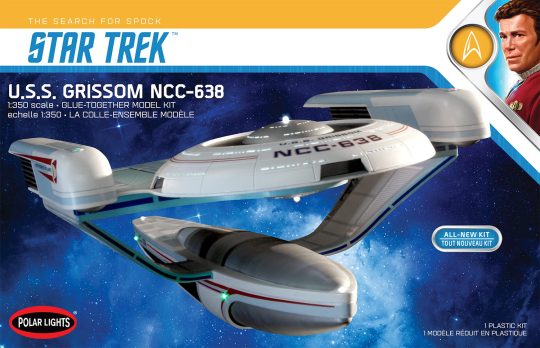

Okay, I'm probably over-thinking this, but there has always been something that bugged me about the design of ships like the USS Grissom and USS Cerritos: how do crew members get back and forth from the primary to secondary hulls? Is there a turboshaft that runs them past the engines? They're not using the transporters, 'cause that would be a huge waste of time and energy, right?
For all I know this has already been addressed on Star Trek: Lower Decks (which I need to sit down and watch soon), and my grumblings are moot.
(Sigh) I am over-thinking this.
#Star Trek#Star Trek lll: The Search For Spock#USS Grissom#NCC-638#Oberth-class#Star Trek: Lower Decks#USS Cerritos#NCC-75567#California-class#Starfleet#Starfleet starships#starships#model kit
87 notes
·
View notes
Text

The Apollo AS-202 capsule (CSM-011) being unloaded from the USS HORNET (CV-12) at Long Beach Naval Station, California.
Date: September 9, 1966
UCLA Library Digital Collections: uclalat_1429_b580_233727
#AS-202#Apollo 3#Apollo CSM Block I#CSM-011#NASA#Apollo Program#USS Hornet#Essex Class#Aircraft Carrier#United States Navy#US#Navy#USN#Long Beach Naval Station#California#September#1966#my post
139 notes
·
View notes
Text
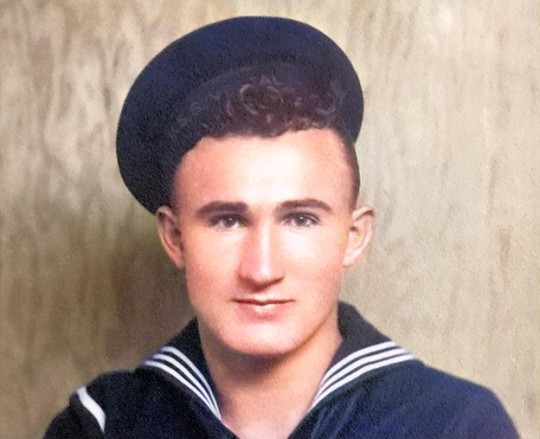
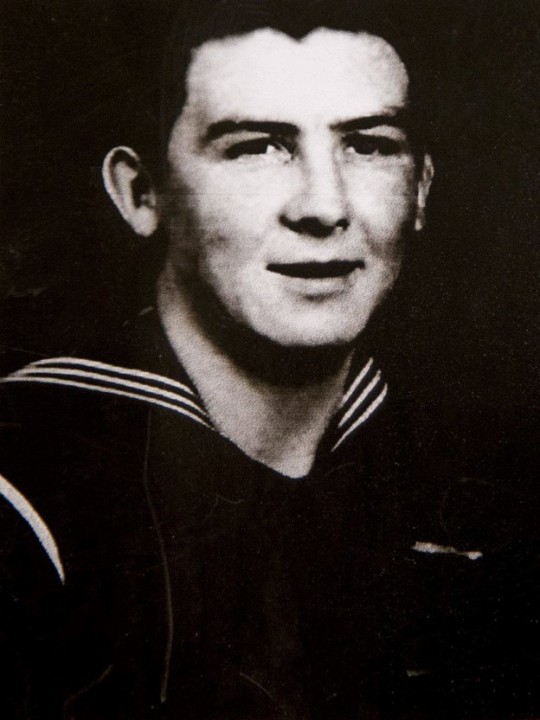


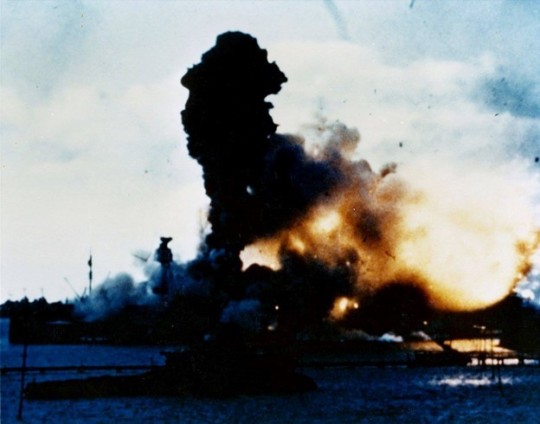

Raw Courage
Christmas Day 1941 Seaman First Class Donald Stratton arrived at the Mare Island Hospital with life threating burns over much of his body. A little over two weeks before he was trapped with six shipmates high above the main deck on the sky control platform of the battleship USS Arizona (BB-39). A surprise attack by aircraft of the Imperial Japanese Navy had turned the battleship into a burning hell on earth from which there could be no escape. As he told the story "A bomb blew up the forward magazine of the USS Arizona and the ship was engulfed in flames. I and five others were located on the anti-aircraft gun director’s platform above the bridge when the forward powder magazine blew. All of us were badly burned. I was burned over 80% of my body. At that point, the only possibility to evacuate the ship was to dive in the water, which was 80 feet below and was fully engulfed in flame. That was not an option for survival.”
The United States was at peace as earlier when General Quarters sounded aboard the USS Arizona while moored at the huge naval base at Pearl Harbor. Japanese planes had just been sighted bombing nearby Ford Island. Hearing the alarm, Seaman Stratton rushed to his battle station as a sight setter in the Port Anti-Aircraft fire director. Within minutes of his arrival at his battle station a Japanese high-altitude bomber dropped an armor piercing bomb that tore through the deck of the ship and ignited a million pounds of explosive, and thousands of gallons of aviation gas and fuel oil. The massive explosion completely enveloped Stratton’s battle station as the ship settled to the bottom of the harbor, her back broken and her sides blown out. Trapped above the flaming wreckage Stratton and six others were saved when another sailor, Joe George, aboard the repair ship USS Vestal that was moored alongside the Arizona acted. Despite direct orders Joe George threw the men a line and refused to cut it until the men made it to safety. Stratton and five other survivors from the sky control platform managed to make it over the flaming seas surrounding the burning hulk of the Arizona to the deck of the Vestal by climbing hand over hand down the line as the Japanese continued to attack.
The burns on Stratton’s arms were so bad that his skin sloughed off as he worked his way down the line to the Vestal. With burns over much of his body he was taken to the Naval Hospital at Pearl which was overwhelmed with patients. The decision was made to evacuate some of the patients to the mainland thus Seaman Stratton and 196 other seriously wounded sailors and Marines were transported on the blacked-out transport USS Scott arriving at the Mare Island Hospital on Christmas Day 1941. Seaman Stratton was successfully treated at Mare Island with what were then innovative burn treatments for several months until he was transferred to Corona, California for a convalescence. Due to the severity of the damage to his arm and leg he was medically discharged in September 1942. Unbelievably, when his injuries allowed, Donald Stratton re-enlisted in the Navy and went aboard the destroyer USS Stack at Naval Station Treasure Island in 1944. Aboard the Stack Seaman Stratton turned the tables on the enemy as he and the Stack participated in the invasions of New Guinea, Halmahera, Leyte, Luzon and Okinawa.
After the war Stratton took up the cause to secure a posthumous medal for Joe George, the sailor from the Vestal who helped rescue the six men from the sky control platform. Joe George was never recognized for his role in saving the men because he disobeyed a direct order in not cutting the line to the Arizona until Seaman Stratton and five others had made it across. Lest you think the Navy was being too cold-hearted in denying recognition for Joe George, the Vestal was at risk from the ongoing explosions and fires from USS Arizona as well as the ongoing attack. Vestal had been hit with two bombs and was sinking when Joe George was ordered to cut the line. The fact is, Vestal could likely have pulled away snapping the line, but the site of those desperate men likely influenced more than just Joe George on that awful day. Despite the circumstances, in 2017 the US Navy acceded to Donald Stratton’s persistence and posthumously awarded Joe George the Bronze Medal for Valor.
Dennis Kelly
#mare island#naval history#san francisco bay#us navy#vallejo#san francisco#world war 2#world war ii#world war two#california#Donald Stratton#Joe George#USS Vestal#USS Arizona#USS Stack#Pearl Harbor#Japan#Attack#Arizona Memorial
10 notes
·
View notes
Text
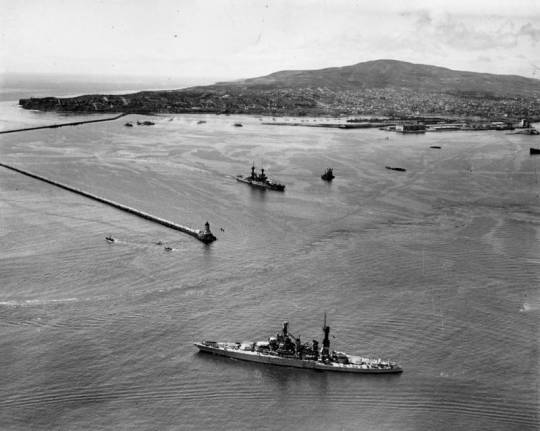
Aerial view of Los Angeles Harbor from the sea showing the breakwater, USS CALIFORNIA (BB-44), USS TENNESSEE (BB-43) and the docks. View also shows San Pedro in the distance giving a clear outline of Palos Verde Hills, and showing the geographical situation of the port as a whole.
Date: 1920s or 1930s
Digital collection of Los Angeles Public Library: 00033139
#USS TENNESSEE (BB-43)#USS TENNESSEE#USS CALIFORNIA (BB-44)#USS CALIFORNIA#Tennessee Class#Dreadnought#Battleship#Warship#Ship#United States Navy#U.S. Navy#US Navy#USN#Navy#Los Angeles#San Pedro#Palos Verde Hills#California#West Coast#1920s#1930s#interwar period#undated#my post
39 notes
·
View notes
Text

Martin BM-2 bomber of VT-2B of USS Saratoga (CV-3) in Oakland, California, sometime between 1931 and 1934.
16 notes
·
View notes
Text
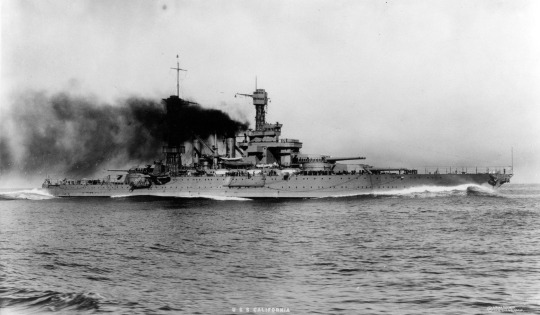
Cuirassé USS California (BB-44) à pleine vitesse – 1921
Photographe : O.W. Waterman
©U.S. Naval History and Heritage Command - NH 82114
#avant-guerre#pre-war#marine américaine#us navy#marine de guerre#navy#marine militaire#military navy#cuirassé#battleship#classe tennessee#tennessee-class#USS California (BB-44)#USS California#BB-44#1921
35 notes
·
View notes
Text
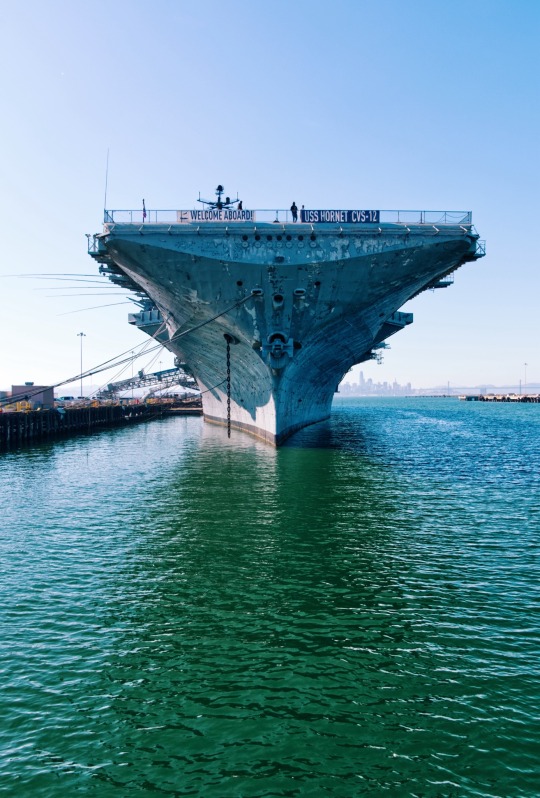
Exploring the USS Hornet is a must when in Alameda!
#view#california#photography#bayarea#alameda#canon#dslr#affinity#vsco#vscocam#USS Hornet#ship#navy#naval#museum#outdoors
10 notes
·
View notes
Text


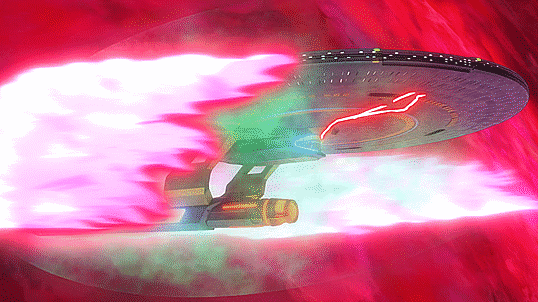





Alt-Cerritos "The New Next Generation"
Bonus:

#Star Trek#Star Trek Lower Decks#Lower Decks#spoilers#Lower Decks spoilers#The New Next Generation#USS Cerritos#California Class#Freedom Class#Sovereign Class#Oberth Class#Galaxy Class#Miranda Class#lowedit#startrekedit#startrekdaily#tvedit#scifiedit#20sedit#animationedit#GIF#my gifs#Danny and Renae watch Lower Decks#Hide and Queue#flashing gif
320 notes
·
View notes